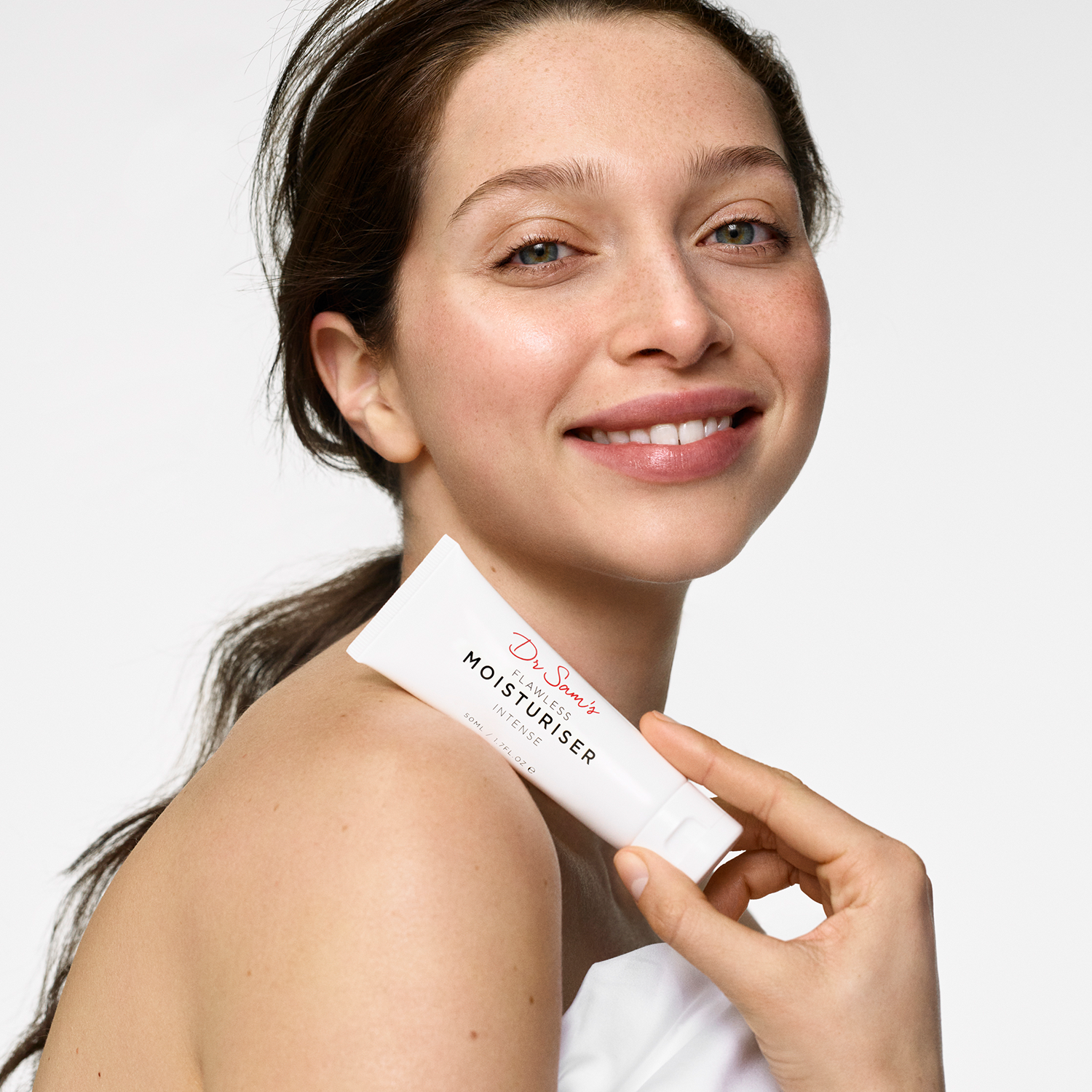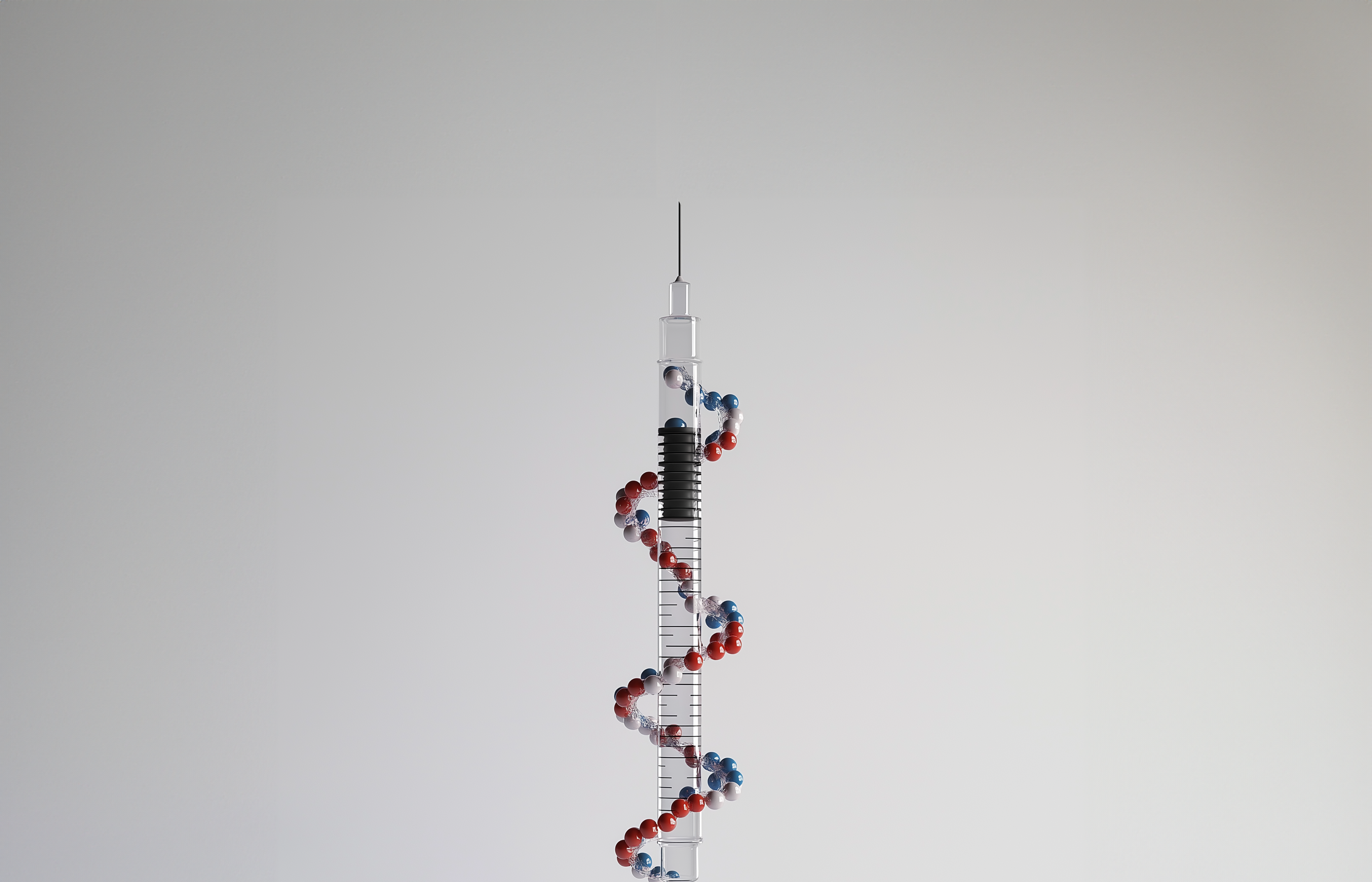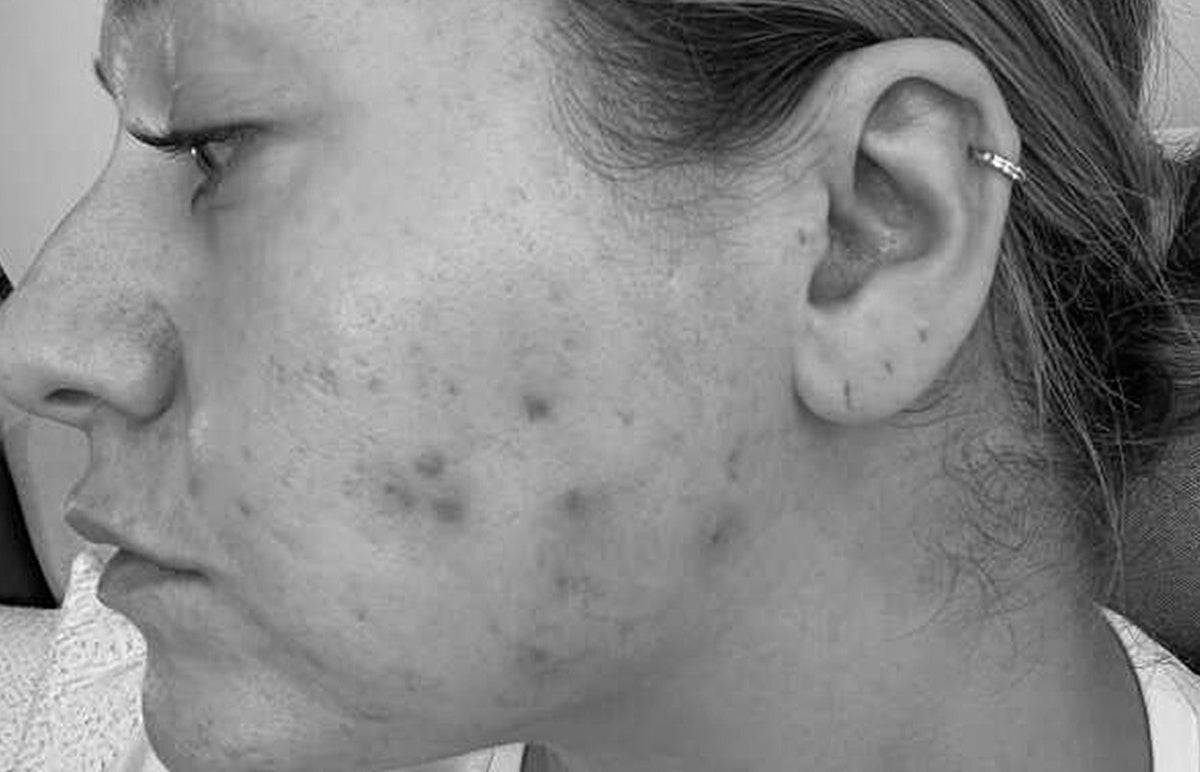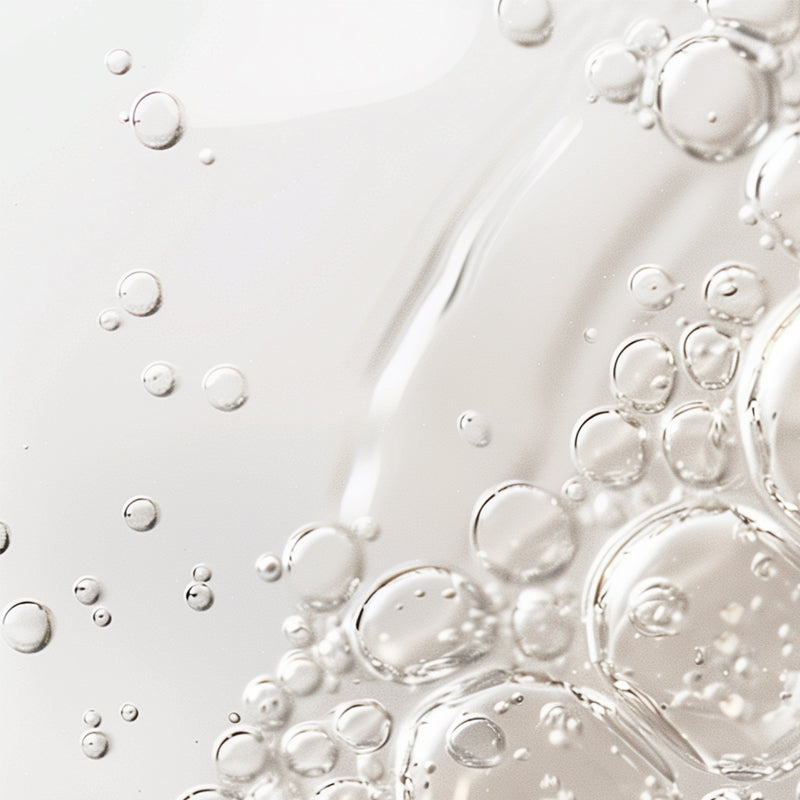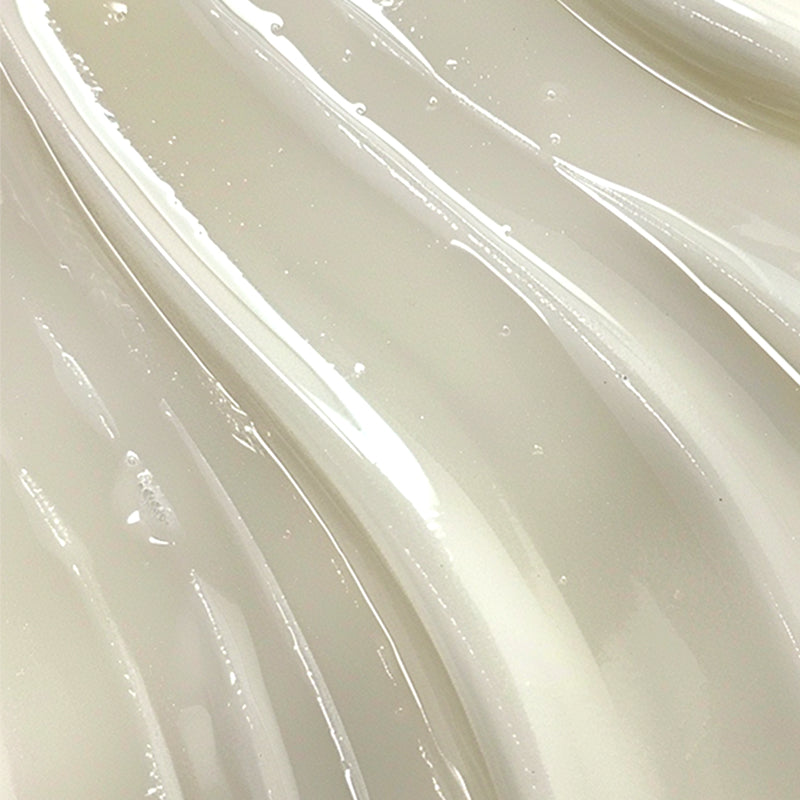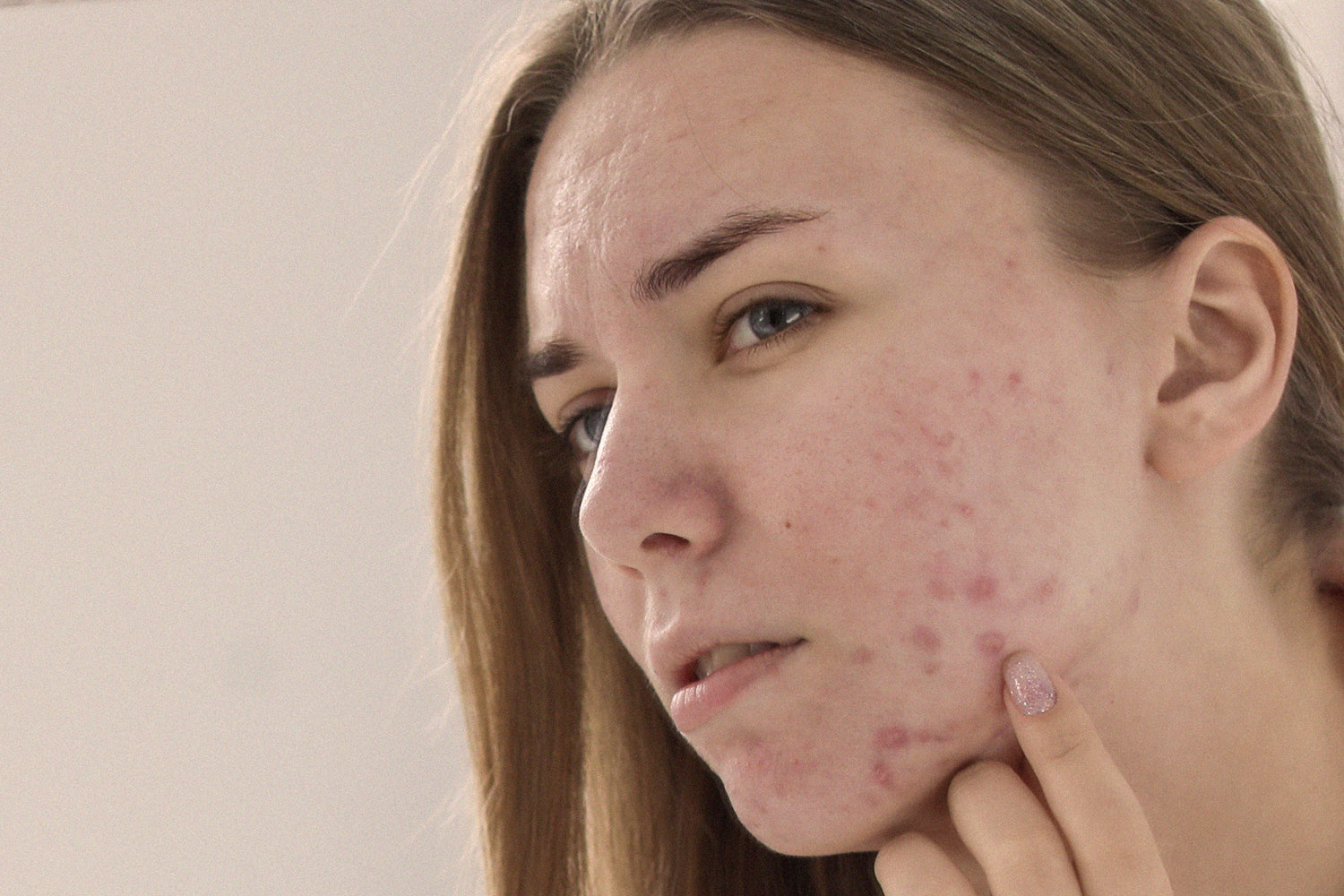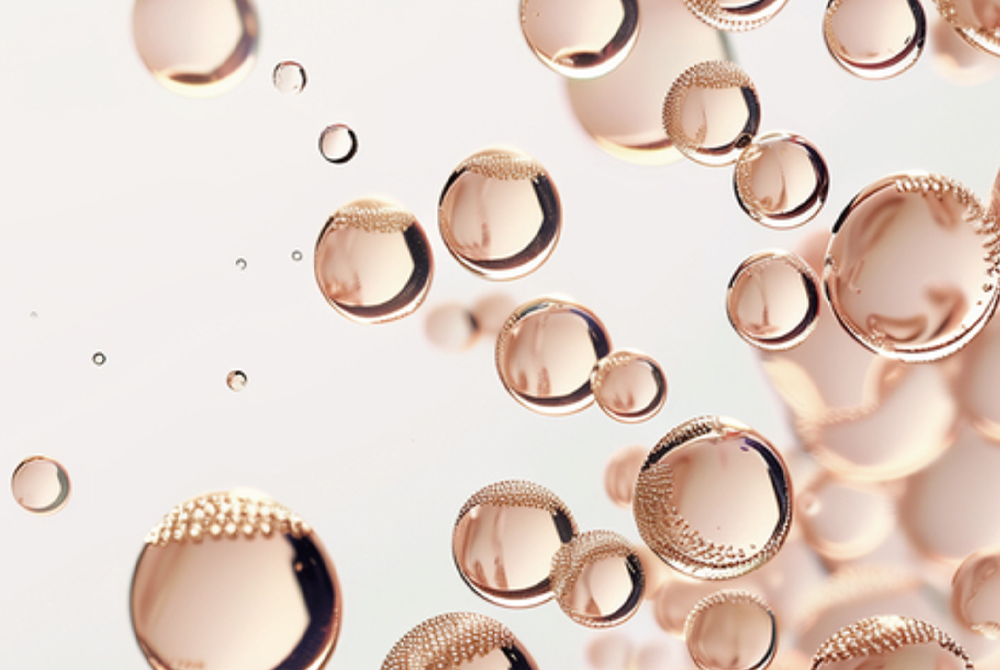Knowing how to effectively tackle acne is often stressful, expensive and disheartening. With so many products being labelled the best blemish solution, finding one that works for you can be a serious challenge!
Patients will often ask me how to treat spots and aside from building a consistent, daily routine, using a dedicated blemish treatment is often an effective choice. That being said, with so many skincare myths flying around the Internet, many of you still have questions about the best way to use spot creams.
In today’s video, I wanted to address your concerns so you can feel more confident when choosing, buying and applying your skincare.
1) “My blemish treatment is too drying.”
This is easily tackled with a method called buffering. Admittedly, it wasn’t something I knew about when I was younger and applying Quinoderm to spots, resulting in red, sore, angry skin that was worse than the actual spot!
Quite simply, buffering works by applying a layer of moisturiser on your skin first, before applying the blemish solution on top. This way you still get the anti-inflammatory benefits from your blemish solution without burning a hole in the surrounding skin.
2) “My blemish treatment is too messy.”
Unfortunately some spot creams aren’t the cleanest to put on. I’m talking particularly about the sulphur solutions you have to dip a Q-tip into and then dab on the spot. I find that provided you choose a modern formula with a hydrating base they dry more smoothly and make-up application goes better. Look for a solution that contains silicones or squalane to help make the layering process more effortless.
3) “I can’t apply make-up on top.”
Layering your blemish treatment easily is always about choosing the right product and using it the right way. Remember that a big dollop applied directly to a spot is pointless - but that's what everyone does.
Apply a small amount to thinly cover the area, massage it in and allow to dry. Moisturise + use SPF over the top and make-up application should go on smoothly.
4) “My blemish treatment doesn’t work.”
We’re impatient and the beauty industry knows it, so marketing departments make outrageous promises that cannot ever be delivered. You should be suspicious of anything that claims to be an “overnight cure”.
In truth, breakouts typically get better over the course of 3-6 months. When you adopt that perspective, you’ll understand that it’s through continued use of the right ingredients that the corrective process takes place.
Spots will become less frequent, they’ll clear up faster and the redness they leave behind will reduce too. Sometimes the skin can get worse before it gets better but don’t give up!
5) “My blemish treatment bleaches my pillow.”
Benzoyl peroxide has a tendency to bleach fabric which can be tricky if you like colourful towels and pillowcases. Other than perhaps using a dedicated white flannel for days you’re using benzoyl peroxide, if it really bugs you, salicylic acid is going to be your best buddy.

